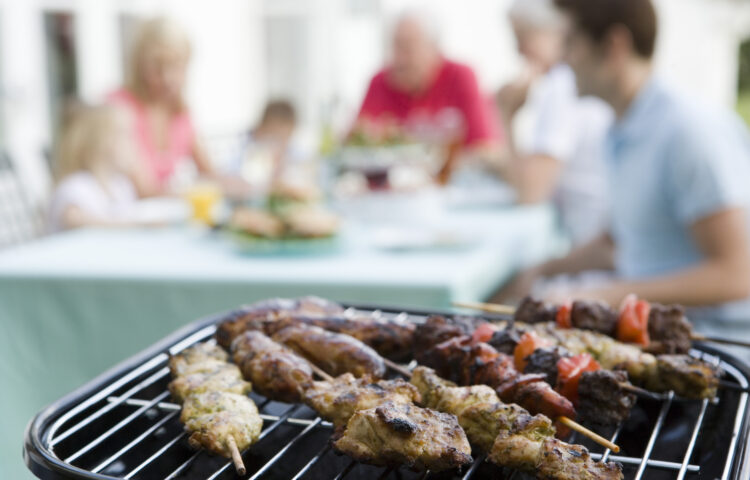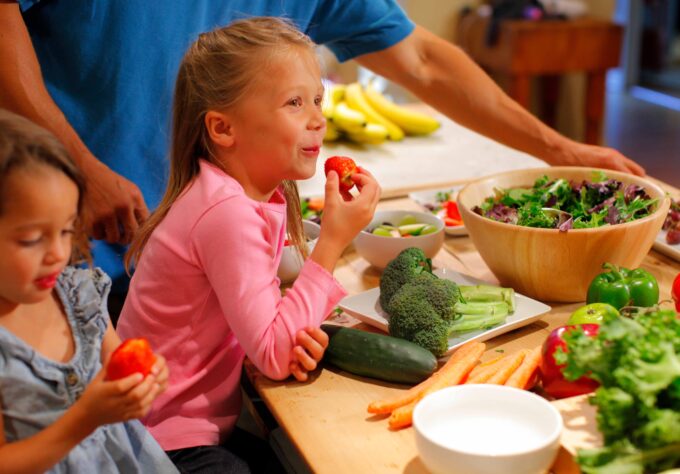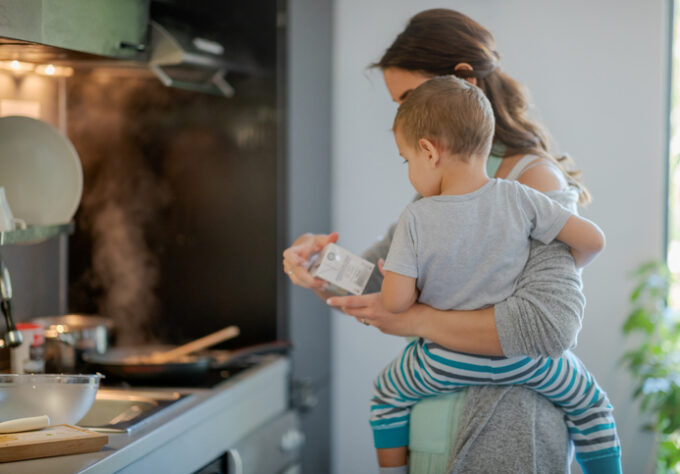Picnics and BBQs are a fantastic time for family and friends to get together. And the food is one of the best parts, right? But foodborne illness (often called food poisoning) can strike when you least expect it — and can be very dangerous.
Foodborne illness comes from contaminated food or liquids. The most common foods or beverages that spoil easily are:
- raw or undercooked poultry, eggs, seafood, beef and pork
- milk
- untreated water
- fresh fruits and vegetables — especially if not washed correctly
- salads — pasta, egg, potato salad, etc.
- unpasteurized ciders, milk and cheese
Who’s Most at Risk for Food Poisoning?
The U.S. Department of Agriculture (USDA) estimates that there are 48 million cases of foodborne illness each year. The people affected are both healthy and unwell (i.e., they have other chronic conditions). However, those with compromised immune systems are more highly susceptible to foodborne illness. For example, cancer and chemotherapy treatments can weaken your immune system, which can make you more likely to contract infections. Children, the elderly and pregnant women are also vulnerable.
As we gear up for Memorial Day weekend and the first get-togethers of the summer, it’s important to know safe food handling practices.
4 Simple Steps for Keeping Foods Safe
To help prevent food poisoning from affecting your family and summer gathering guests, remember to:
1. Clean.
- Wash hands with warm water and soap for 20 seconds before and after handling food, changing diapers, using the bathroom, and handling pets.
- Wash cutting boards, utensils and counter tops with hot soapy water after preparing each food and before you go on to the next food.
2. Separate.
- Separate raw meats, poultry, seafood and eggs from other foods in your grocery bags and refrigerator to avoid cross-contamination, which happens when bacteria is spread from one food product to another. The main idea is to keep these foods — and their juices — away from ready-to-eat foods.
- Use separate cutting boards — one for produce and another for raw meats, poultry and seafood.
3. Chill.
- Keep foods out of the “danger zone” — that’s the range of temperatures (from 41 to 140 degrees Fahrenheit) when harmful bacteria growth is most likely. It’s important to decrease the amount of time that food items stay in the danger zone.
- Refrigerate foods quickly because cold temperatures slow the growth of harmful bacteria. But don’t overstuff the refrigerator. Food is kept safe by cold air (40 degrees Fahrenheit or below) that’s circulating in the refrigerator.
- Always marinate food in the refrigerator, not on the counter top.
- Keep hot foods hot and cold foods cold, especially during picnics and BBQs. Keep cold foods on ice and hot foods on electric warmers, if possible. You can use food-grade thermometers to ensure that foods are kept out of the danger zone whenever food is set out for your gatherings.
4. Cook.
- Make sure foods are cooked thoroughly. Food is safely cooked when it reaches a high enough internal temperature to kill the harmful bacteria that cause illness.
- Remember to use a food thermometer to check the internal temperature of cooked foods and to always check the temperature in several places inside the food item.
- Cook meat and poultry until they reach a safe internal temperature. (Check out this chart for safe internal cooking temperatures.)
- Cook eggs until both the yolks and whites are firm.
For a great meatless summer BBQ recipe, try this Quick Homemade Black Bean Burger.
Whatever you’re eating and serving this holiday weekend and beyond, have a happy and safe start to the sunny season!
Learn More
Food Poisoning (Nemours’ KidsHealth.org)
Food Safety for Your Family (Nemours’ KidsHealth.org)
Foodborne Illness: What Consumers Need to Know (USDA)
This piece was written with the help of Kellsey Reed, a former volunteer in the nutrition department at Nemours/Alfred I. duPont Hospital for Children.



